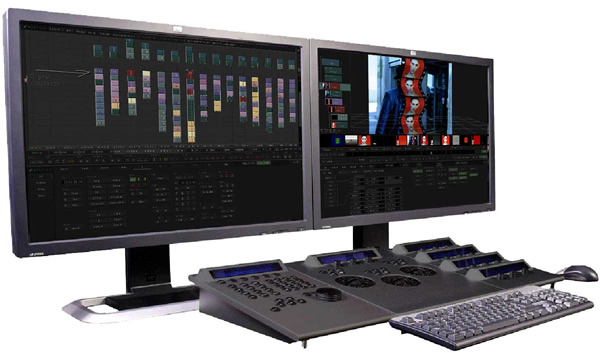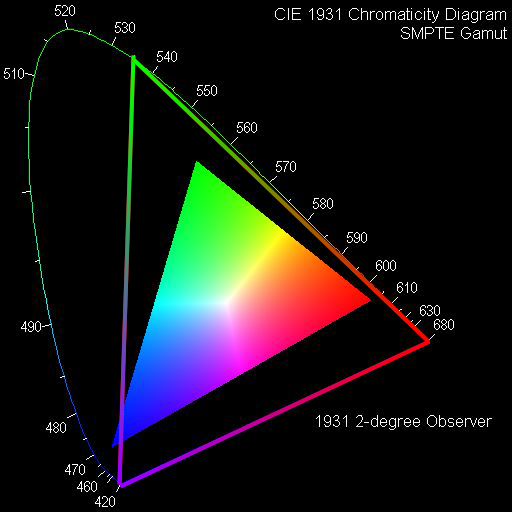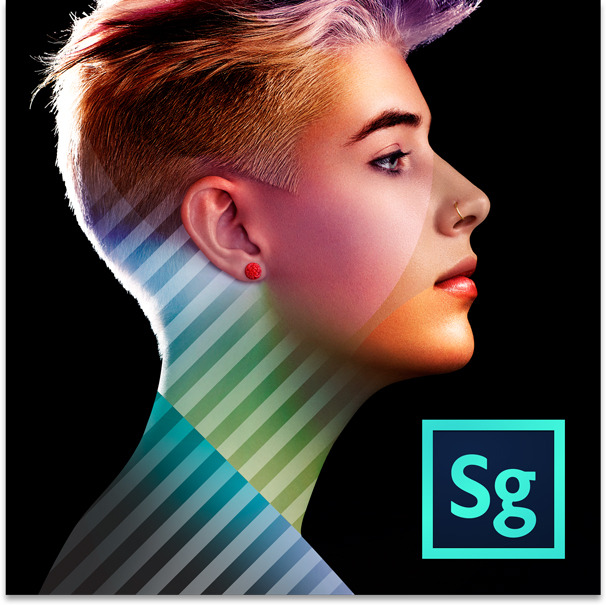News
Color correction at NAB 2012
Last April, between the 14th and 19th, the well-known audiovisual trade show NAB was held in Las Vegas. All companies and manufacturers take advantage of this moment to launch software updates, improved tools and all kinds of new products.
This year’s NAB was packed with color correction news. These were the highlights:
DaVinci Resolve 9.0
Blackmagic Design waited until NAB to unveil the new version of DaVinci Resolve, and this was probably one of the most important new features in terms of color correction.
 The main feature of this update is a completely revamped interface, created with the intention that there are fewer settings configurations to be made and all work is faster. Processes such as project import, drawing selection, metadata production for on-set note taking and palette controls for faster access to correction tools have also been simplified.
The main feature of this update is a completely revamped interface, created with the intention that there are fewer settings configurations to be made and all work is faster. Processes such as project import, drawing selection, metadata production for on-set note taking and palette controls for faster access to correction tools have also been simplified.
The Gallery window now contains resizable stills that appear in the user’s albums and 48 looks that can be applied to generate quick corrections.
Log grading can now be applied to all nodes, and audio capabilities have been improved, with support for up to 16 tracks per clip (source) and rendering in both Quicktime and MXF.
Other features include: automatic audio synchronization; batch rendering for dailies; additional tool for s3D image alignment; and new monitoring and windowing options for stereoscopic work.
Thanks to the new interface, DaVinci Resolve will be easier for new users to learn, as it contains elements common to other video software.
DaVinci Resolve Lite 9 will be available for free download and the regular version will cost $995 (both starting in July).
 Adobe SpeedGrade
Adobe SpeedGrade
With the release of Adobe CS6 we have also received a new color correction system called SpeedGrade, included in the Production Premium collection.
In this article we published about the suite all its functions are explained.
Mistika
SGO announced the new features of its Mistika system (for editing, conforming, color correction, compositing, graphics and image restoration) well in advance of NAB.
Among the main new features is higher frame rate support, with real-time playback (in 2D and s3D, in high resolutions) at 48 and up to 60fps. Support for the Tangent Element controller has also been added.
 Since Mistika often goes hand in hand with s3D work, its tools for this have been enhanced; with functions to automate the synchronization of the two eyes and correct colorimetry and other errors caused by light polarization.
Since Mistika often goes hand in hand with s3D work, its tools for this have been enhanced; with functions to automate the synchronization of the two eyes and correct colorimetry and other errors caused by light polarization.
To provide users with greater versatility, interchange (in both directions) with Avid Media Composer has been facilitated, allowing the reading and writing of DNxHD files, conformed from an AAF and support for stereoscopic groups.
As always, brackets have been added for the latest digital cameras: RED Epic, ARRI Alexa, Phantom, Sony, Panasonic, Canon, etc.
Avid Symphony 6
Starting at NAB, there is a discount to upgrade to Avid Symphony 6 from Final Cut or Media Composer for less than $1,000. Symphony contains the same editing tools as Media Composer, but adds more elaborate features for color correction, mastering and the Boris Continuum Complete effects suite.
Here you have all the information about the promotion (which will end on June 15).
Baselight
Finally with NAB came the long awaited version of Baselight for Avid Media Composer. It will be part of Baselight Editions, joining Nuke and Final Cut Pro.
This edition brings all the color correction tools of Baselight, with the convenience of not having to leave the editing software.
Some of its features are: the possibility of layering for primary and secondary corrections, HSL, RGB, Luma and 3D Keyers. Also included is the Truelight color management system.
It is possible to work with Avid Artist Color.
Initially it will only be available for use in Avid Media Composer 6 on Mac OSX (although Windows support will be added later), and will be priced at $995.
You can see more in this video:
Scratch
The main novelty that Assimilate announced about its Scratch and Scratch Lab systems was the support of AMD Radeon Graphics cards. You have more information in the article we published about it.
Nucoda
During NAB, Digital Vision unveiled significant enhancements to its color correction platform that involved an increase in workflow and the addition of tools for correction, “pre-correction” and stereoscopic projects.
Nucoda Film Master ACES, a new end-to-end solution developed to unify all formats and color spaces into one, was introduced. It comes with full ACES support and includes tools that make it easy to work with materials captured with high dynamic range (HDR-High Dynamic Range), such as those from ARRI or RED cameras.
For on-set corrections or dailies (“pre-grading” is what the company calls it), Nucoda Look, capable of creating and exporting LUTs, was shown.
New tools have also been designed for working with stereoscopic projects. They allow to automatically join the two cameras (the two eyes) using the most advanced technology in geometry, as well as to correct color differences between one and the other.
There is a new tracking tool for making masks called “Deformable Shape Tracker”. Instead of tracking and then moving the entire shape, this tool deforms the mask to perfectly match the changes of the object it is tracking.
Of course, new support for RED Epic HDRx, ARRI Alexa and Sony F65 has also been added.
Smoke
 Autodesk presented the new versions of 2013, and with them the Smoke update. Its launch was revolutionary, mainly because of the price drop from $15,000 to $3,495, bringing Smoke within reach of many users who previously could not have afforded it.
Autodesk presented the new versions of 2013, and with them the Smoke update. Its launch was revolutionary, mainly because of the price drop from $15,000 to $3,495, bringing Smoke within reach of many users who previously could not have afforded it.
There is still not much information about what’s new, but we do know that there will be an improved color correction tool called Colour Warper.
You can take a look at the new features of the software on its page or in this article.
MIST and RAIN
Shortly before NAB, Marquise Technologies had already announced the new products to be presented at MIST and RAIN.
The main ones were the inclusion of a tool for DCI encoding, thanks to which we could generate a DCP (Digital Cinema Package); and the union with Barco Silex to achieve JPEG2000 encoding in real time.
At the time we published these two articles with all the information:
– Marquise Technologies announces news for MIST and RAIN.
– MIST encodes JPEG 2000 in real time.
Quantel Pablo
Quantel has revamped the tools in its Pablo color correction and finishing system, starting with the new “Stereo 3D multi-layer timeline,” which brings greater speed to s3D projects. Its features allow clips to be positioned in “z” space; mix s3D and mono clips; add a video guide track (in both s3D and mono); easily switch between one eye or the other in a segment or track; and control to correct timing changes between eyes.
Support has also been added to accommodate the qualities of the latest digital cameras: Sony F65 RAW files; RED HDRx; RED color 3; RED gamma 3; ACES; and 48fps on a timeline.
 It is now possible to work through the new Neo Nano controller. In addition,
It is now possible to work through the new Neo Nano controller. In addition,
has been opened to third parties, allowing integration with Avid (it is possible to import projects edited in Avid Media Composer 6).


